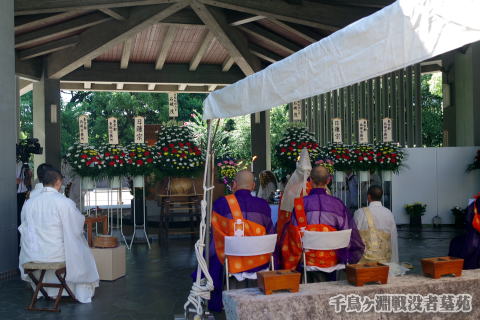
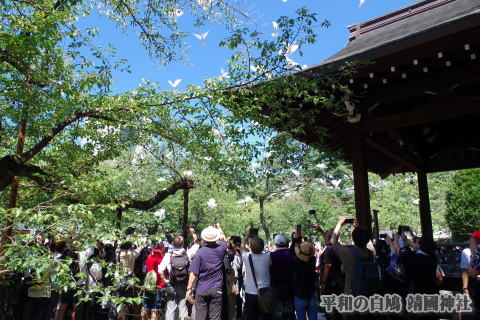
=平和への祈り,願い思うこと 永遠に!=
アジア・太平洋戦争終戦から80年の8月15日、千鳥ヶ淵戦没者墓苑と靖國神社に参拝した。
快晴に晴れた真夏日、千鳥ヶ淵戦没者墓苑では整然と各宗派の戦没者追悼供養が行われ、靖國神社では参拝者が200m以上の長い列で並び、社務所では「大東亜戦争終戦80年記念朱印」を授与、遊就館は満員で入場制限をしていた。午前10時には平和の白鳩が境内を舞い、日の丸を掲げた人、軍人姿の人、様々な風景が目に入った。
戦争の愚かさ、一般市民の犠牲の大きさと悲しみ、今なお続く偏見と差別そして、日本ファースト… 戦後80年後でも続く戦争への危険。
「加害」も「被害」も戦争の実相。両面を継承することで、平和が構築できる。「愛国」と「排斥」をイコールにしてはいけない。自国の利益のみの考え方は、国際社会で受け入れられない。
Prayers for peace, wishes,
and thoughts forever!
On August
15th, 80 years after the end of the war, I visited the Chidorigafuchi National
Cemetery and Yasukuni Shrine.
On a
beautiful, clear midsummer day, an orderly memorial service for the war dead was
held at the Chidorigafuchi National Cemetery by various religious sects. At
Yasukuni Shrine, worshippers lined up in a line over 200 meters long. They
received "80 Years of the End of the Greater East Asia War"
commemorative red seals at the shrine office. The Yushukan Museum was full,
limiting admission.
At 10:00
AM, white doves of peace flew over the shrine grounds, and various scenes
caught my eye: people holding Japanese flags and those in military uniform.
The
stupidity of war, the enormity and sorrow of civilian casualties, the ongoing
prejudice and discrimination, and Japan First...the dangers of war continue
even 80 years after the war.
Both
"perpetrators" and "victims" are the realities of war. By
inheriting both sides, we can build peace.
"Patriotism"
should not be equated with "exclusion." Thinking only about one's own
country's interests is not accepted in the international community.
<千鳥ヶ淵戦没者墓苑>
千鳥ケ淵戦没者墓苑(ちどりがふち せんぼつしゃぼえん、英語: Chidorigafuchi National Cemetery)は、日本の戦没者慰霊施設。日中戦争(支那事変)および太平洋戦争(大東亜戦争)の戦没者の遺骨のうち、遺族に引き渡すことができなかった遺骨を安置している。公園としての性格を有する墓地公園とされており、環境省が所管する国民公園等のひとつであり1959年3月28日、戦没者墓苑は竣工した。
千鳥ヶ淵戦没者墓苑、国立千鳥ケ淵戦没者墓苑(こくりつちどりがふちせんぼつしゃぼえん)とも表記される。
<Chidorigafuchi National Cemetery>
Chidorigafuchi National Cemetery is a memorial facility for Japan's war
dead.
It houses
the remains of those who died in the Second Sino-Japanese War (China Incident)
and the Pacific War (Greater East Asia War) but could not be returned to their
families. It is considered a cemetery park and is one of the national parks
under the jurisdiction of the Ministry of the Environment. Construction of the
war cemetery was completed on March 28, 1959.
It is
also written as Chidorigafuchi National Cemetery or National Chidorigafuchi
National Cemetery.
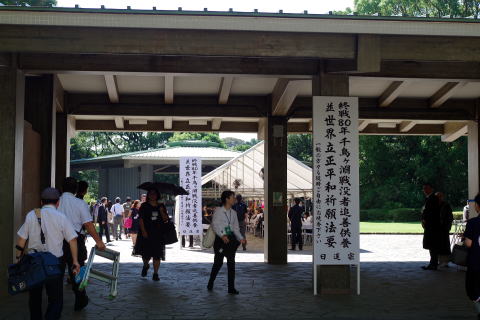
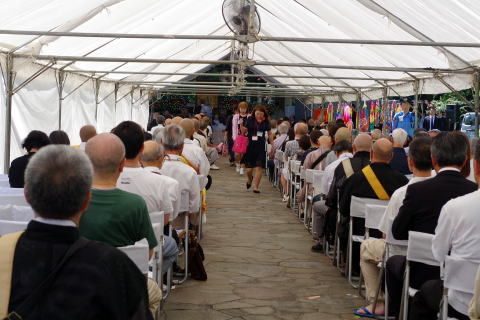
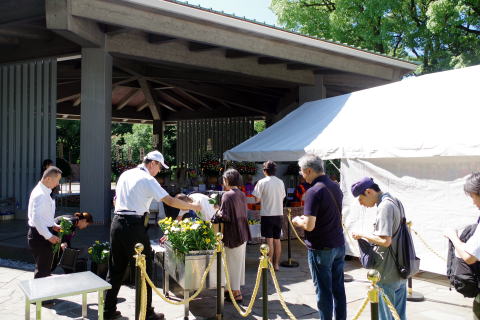
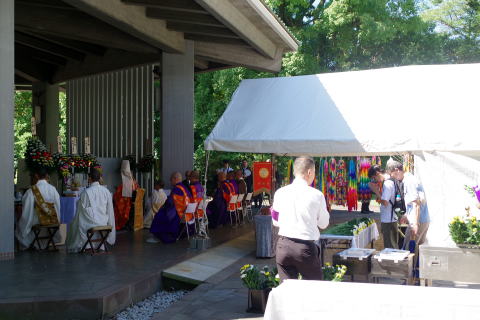
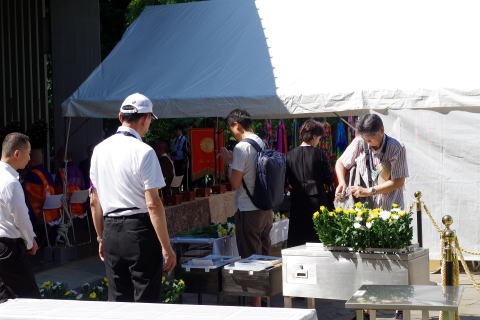
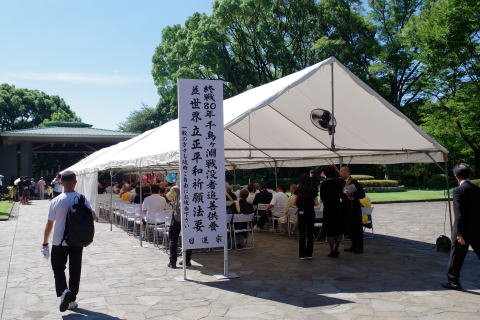
千鳥ヶ淵戦没者墓苑
<靖國神社>
靖國神社は、明治2年(1869)6月29日、明治天皇の思し召しによって建てられた招魂社(しょうこんしゃ)がはじまりです。
明治7年(1874)1月27日、明治天皇が初めて招魂社しょうこんしゃに御親拝の折にお詠みになられた「我國の為をつくせる人々の名もむさし野にとむる玉かき」の御製からも知ることができるように、国家のために尊い命を捧げられた人々の御霊みたまを慰め、その事績を永く後世に伝えることを目的に創建された神社です。(出典:靖国神社ホームページ)
<Yasukuni
Shrine>
Yasukuni
Shrine began as a shrine dedicated to the souls of those who sacrificed their
lives for the nation, erected on June 29, 1869, at the behest of Emperor Meiji.
As can be
seen from the poem that Emperor Meiji recited on January 27, 1874, when he
first paid homage to the shrine, "The names of those who served our
country rest in the sacred stones of Musashino," the shrine was founded
with the purpose of comforting the spirits of those who sacrificed their
precious lives for the nation and passing on their deeds to future generations.
(Source:
Yasukuni Shrine website)
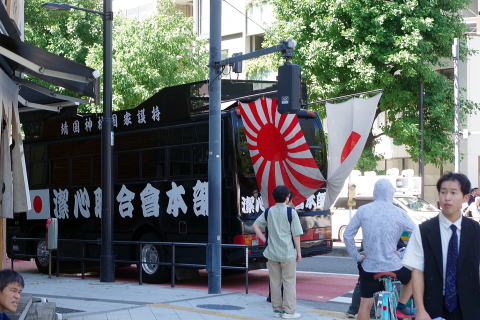

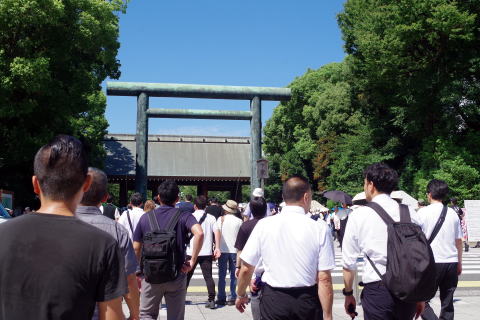
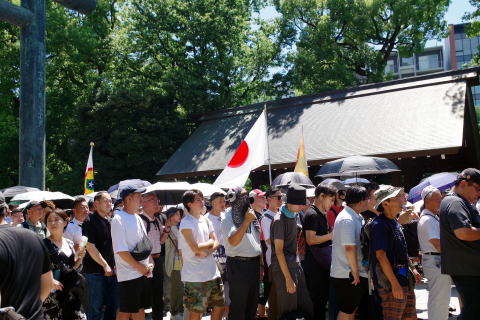
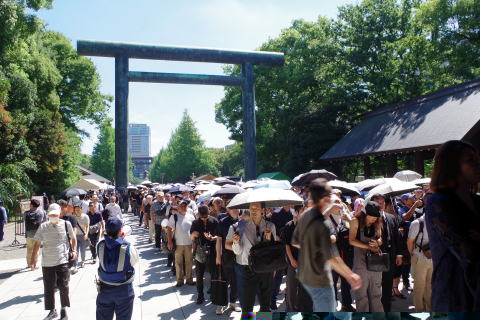

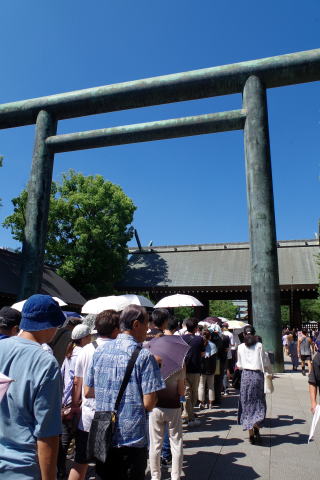
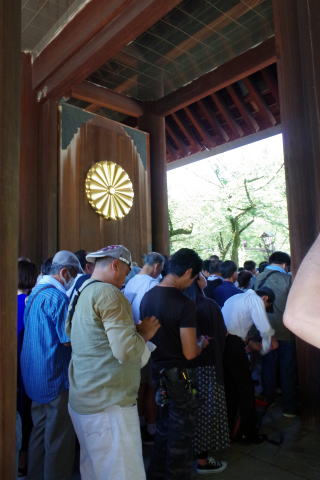
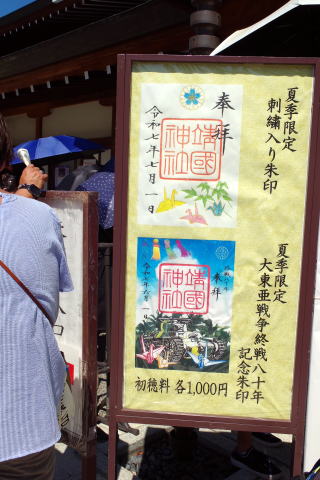
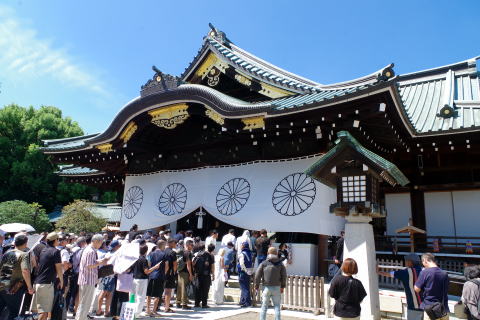
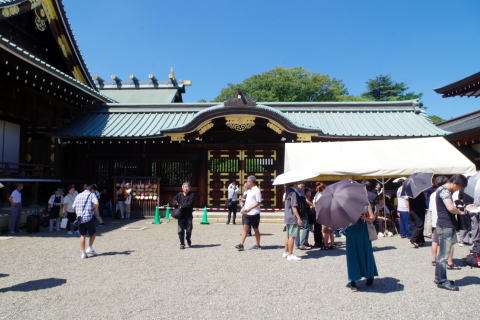
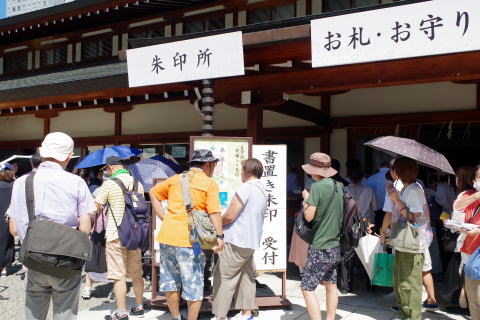
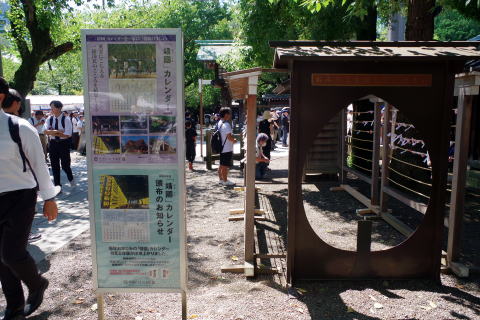
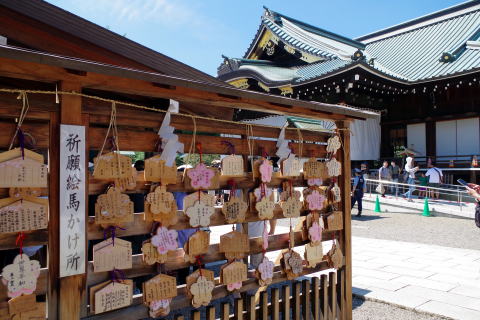
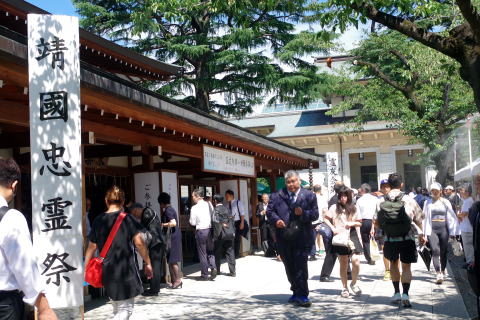

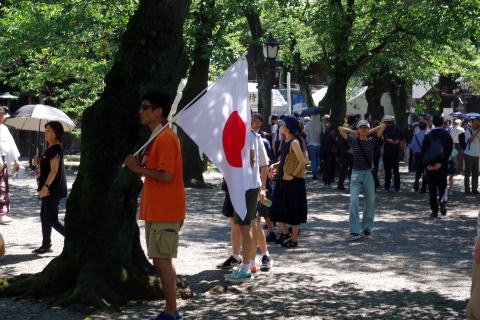
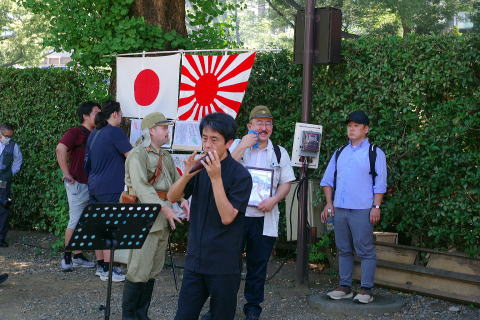
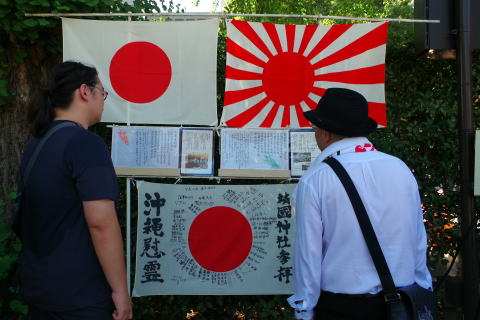
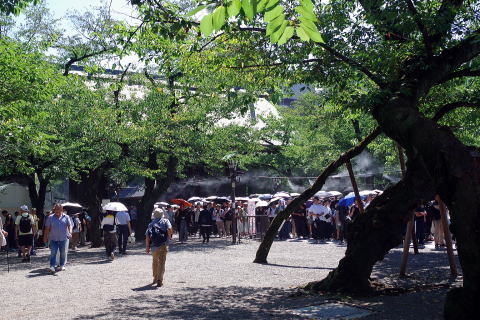
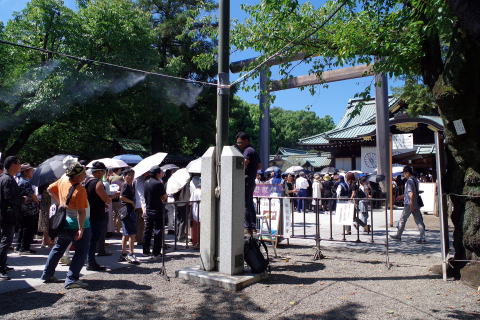

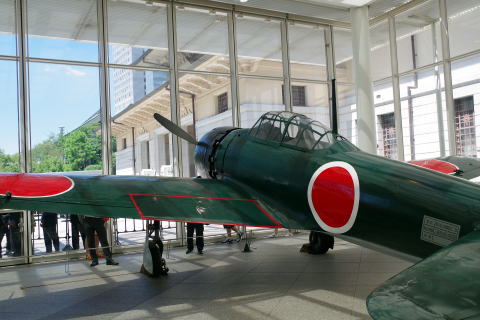
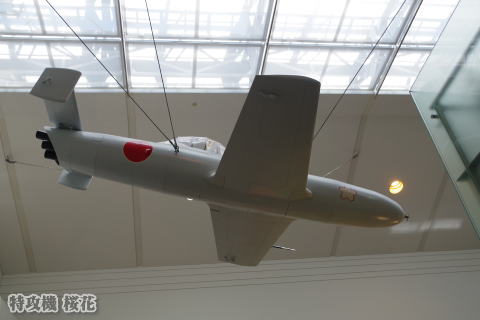
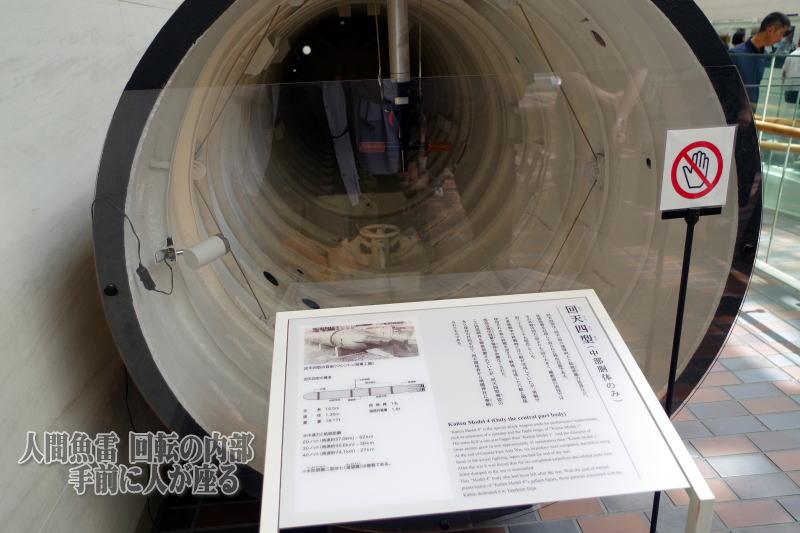
上下左右4枚の写真をクリックするとサイトにジャンプします。

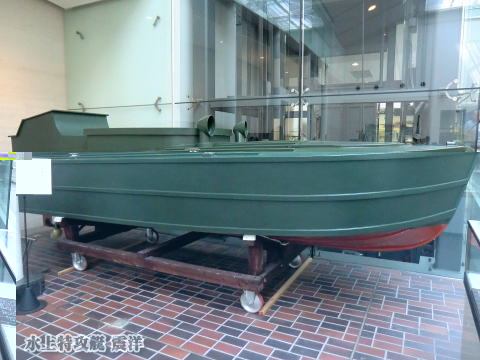
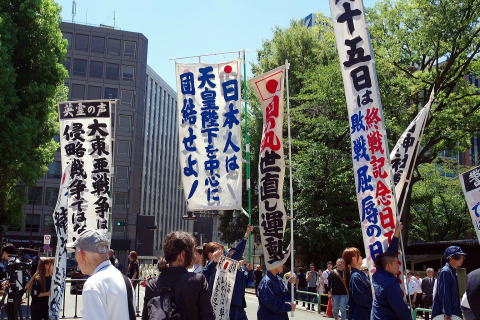

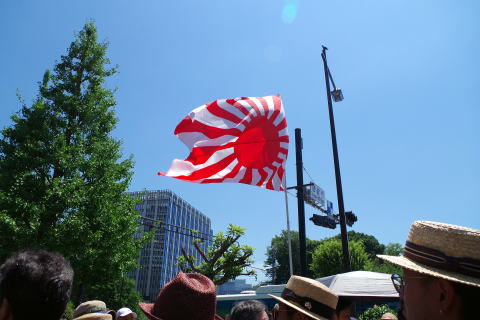

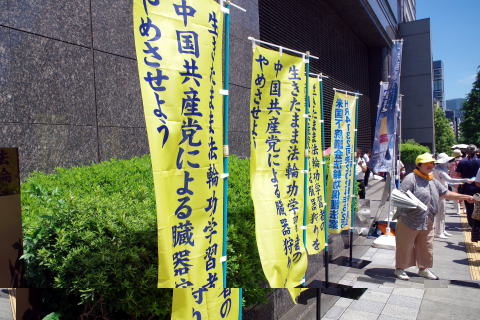
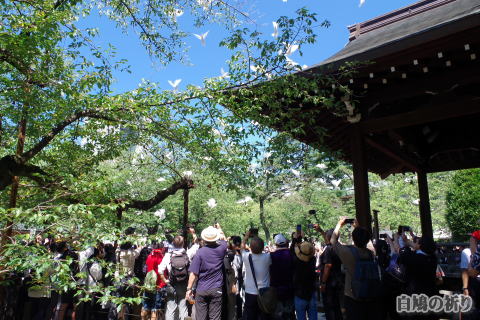
靖國神社

